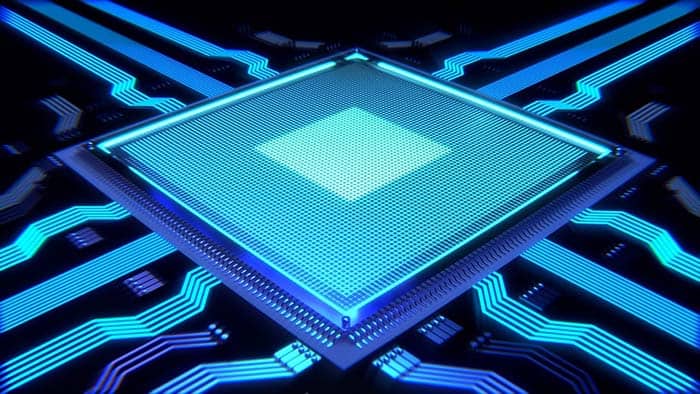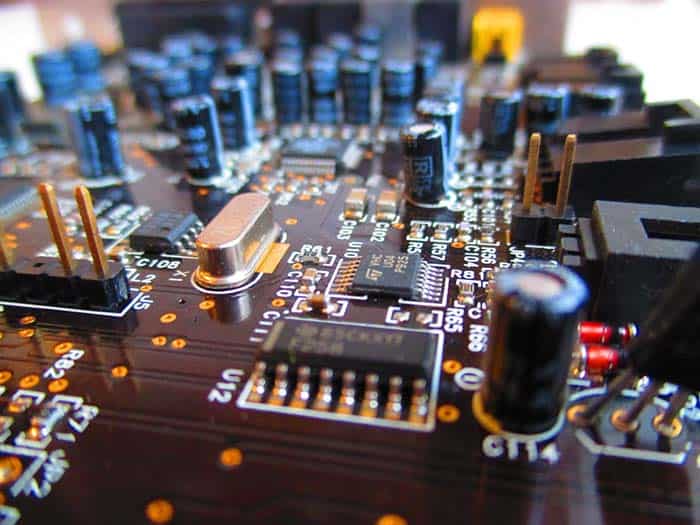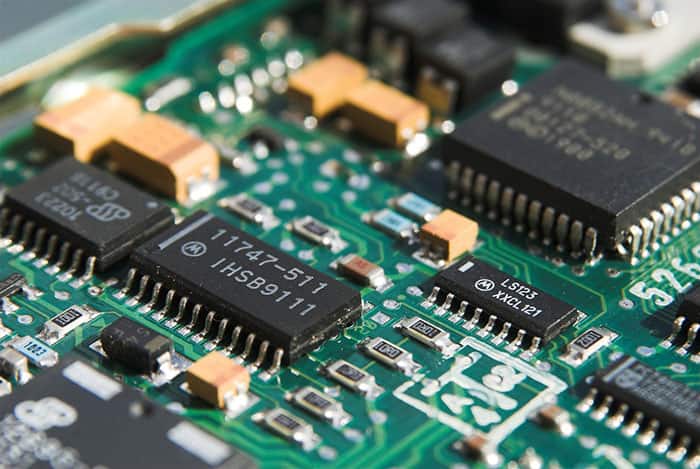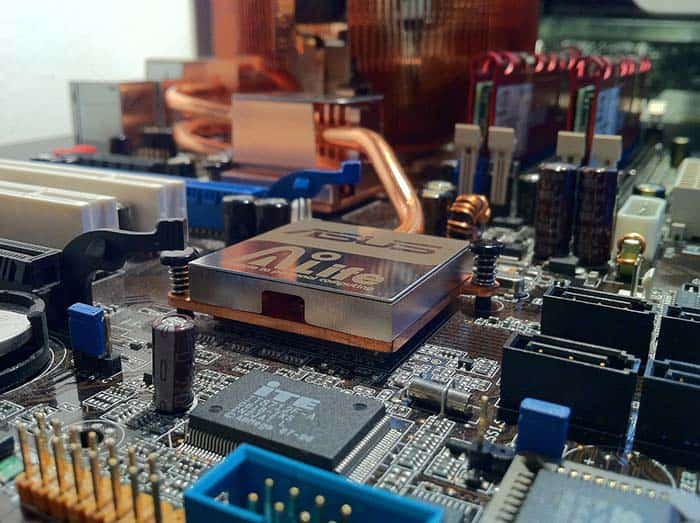Mastering Motorcycle ECU Flash: Unleashing Optimal Performance

If you are a motorcycle enthusiast, you might have come across the term ‘ECU Flashing.’ This phrase is often thrown around in the motorcycling world, but what exactly does it mean? It’s a term that’s rapidly gaining traction among riders and enthusiasts, offering a powerful way to optimize a motorcycle’s performance. But what exactly does ECU flashing entail? How does it work, and what benefits does it bring to your ride? Let’s delve into the details and uncover the magic of ECU tuning.
Understanding ECU Flashing

Modern motorcycles rely heavily on their Electronic Control Unit (ECU) to manage a range of performance variables. The ECU is essentially the bike’s brain, controlling critical components like fuel delivery, spark timing, and air intake. When we talk about ECU flashing, we’re referring to the process of modifying or rewriting the code within the ECU, fine-tuning these aspects to unlock your bike’s hidden potential.
ECU flashing is akin to giving your motorcycle’s engine a comprehensive makeover. It’s like going from wearing glasses, which merely alter the light entering your eyes, to having Lasik surgery that reshapes your cornea at the source. With ECU flashing, we’re reaching into the heart of the motorcycle’s performance capabilities, tweaking and tuning to achieve a more responsive, powerful ride.
ECU flashing is not a new concept. For years, car enthusiasts have been modifying their vehicle’s ECUs to enhance performance. However, it has recently become more popular in the motorcycling community, with a growing number of riders seeking to unlock their motorcycle’s full potential. As a result, there has been a surge in services offering ECU flashing, each promising to transform your motorcycle into a high-performance machine.
Historical Perspective on ECU Units

In the past, tuning your motorcycle for better performance involved a lot of manual work. You’d spend hours in your garage, adjusting carburetors, swapping jets, and reading spark plugs. The process was often arduous, demanding a lot of trial and error. Plus, it was physically taxing, leaving you with greasy hands and possibly a few bloody knuckles.
However, the digital age of motorcycling has made ECU tuning a far more streamlined process. Through ECU flashing, you can now make substantial performance enhancements without having to touch a single physical part on your bike. All it takes is a computer and the right knowledge to refine your motorcycle’s performance, making it faster, more responsive, and ultimately, a joy to ride.
Motorcycle manufacturers typically program the ECU with settings that are designed to meet a wide range of conditions. These settings aim to balance performance, fuel economy, and emissions, and they are designed to work well under a variety of different riding conditions and environments. However, these one-size-fits-all settings may not be optimal for your specific needs. Perhaps you want more power for track riding, or maybe you want to improve fuel economy for long-distance touring. In these cases, ECU flashing can help you tailor your motorcycle’s performance to your specific needs.
How to Flash ECU: A Step-by-Step Guide

Flashing your ECU is a technical process that requires specialized tools and knowledge. However, to give you an idea of what’s involved, we’ve outlined a general step-by-step guide.
Firstly, you’ll need to remove the ECU from your motorcycle. This usually involves disconnecting the battery, removing the seat or fuel tank, and then unplugging and removing the ECU.
Next, you’ll need to connect the ECU to a computer using a special cable or adapter. Using specialized software, you can then read the existing software from the ECU, modify it, and then write the modified software back to the ECU.
Once the modified software has been written to the ECU, you can then reinstall it in your motorcycle, reconnect the battery, and start up your bike. If everything has been done correctly, you should notice a difference in your motorcycle’s performance.
Again, it’s important to stress that this is a simplified overview of the process. In reality, it’s much more complex and requires a deep understanding of engine tuning and ECU software.
ECU Flashing Vs. Piggyback Modules: Which Is Better?

When it comes to motorcycle tuning, ECU flashing isn’t the only game in town. Another popular method is using piggyback modules, such as a Power Commander. These devices sit atop the stock ECU, intercepting and modifying the signals the ECU sends to the engine.
So, which method is better? The answer isn’t straightforward. ECU flashing offers more comprehensive control, allowing you to tweak a wider range of parameters. Plus, it doesn’t require any additional hardware. However, ECU flashing isn’t available for all motorcycles, and it may void your bike’s warranty.
On the other hand, piggyback modules like the Power Commander are more universally compatible. They come pre-programmed with a base map for your bike, and you can download additional maps to suit your specific modifications. However, they don’t offer the same level of control as an ECU flash, and they might not work in all parts of the rev range due to certain ECU restrictions.
Benefits of ECU Flashing for Motorcycles

ECU flashing offers numerous benefits for motorcycles. Firstly, it can significantly enhance performance. By fine-tuning the fueling, ignition timing, and other parameters, you can unlock more power, improve throttle response, and achieve smoother engine operation.
Secondly, ECU flashing can also improve fuel economy. By optimizing the fueling and ignition timing, you can make your engine run more efficiently, which can reduce fuel consumption.
Thirdly, ECU flashing can help you get the most out of your modifications. If you’ve installed aftermarket parts like a new exhaust or air filter, an ECU flash can ensure your engine is running optimally with these new parts.
Finally, ECU flashing can also remove factory restrictions, giving you access to your motorcycle’s full potential. This can make your bike more fun to ride and allow you to experience its true capabilities.
Risks and Considerations in ECU Flashing

While ECU flashing can offer many benefits, it’s not without its risks. One of the main risks is that it can potentially damage your engine. If the ECU software is modified incorrectly, it can cause the engine to run too lean or too rich, which can lead to engine damage.
Another risk is that it can void your motorcycle’s warranty. Many manufacturers consider ECU flashing to be a modification, and as such, it can void the warranty on your motorcycle. If you’re considering ECU flashing, it’s worth checking the terms of your warranty first.
Finally, it’s important to remember that ECU flashing is not a magic fix. While it can enhance performance, it can’t overcome fundamental limitations or flaws in your motorcycle’s design. It’s also not a substitute for regular maintenance and good riding technique.
So, is ECU flashing worth it? The answer depends on what you want to achieve. If you’re looking to unlock more power, enhance throttle response, or optimize your engine for aftermarket modifications, then ECU flashing can be a very effective solution. However, it’s important to bear in mind the potential risks and considerations. ECU flashing should only be done by professionals with the necessary knowledge and equipment. Moreover, it’s worth checking the terms of your warranty before proceeding.
Check out some of the ECU flashes on sale for motorcycles here.
Join Our Riding Community
Get exclusive gear reviews, riding tips, and early access to deals delivered to your inbox.
No spam. Unsubscribe anytime. We respect your privacy.